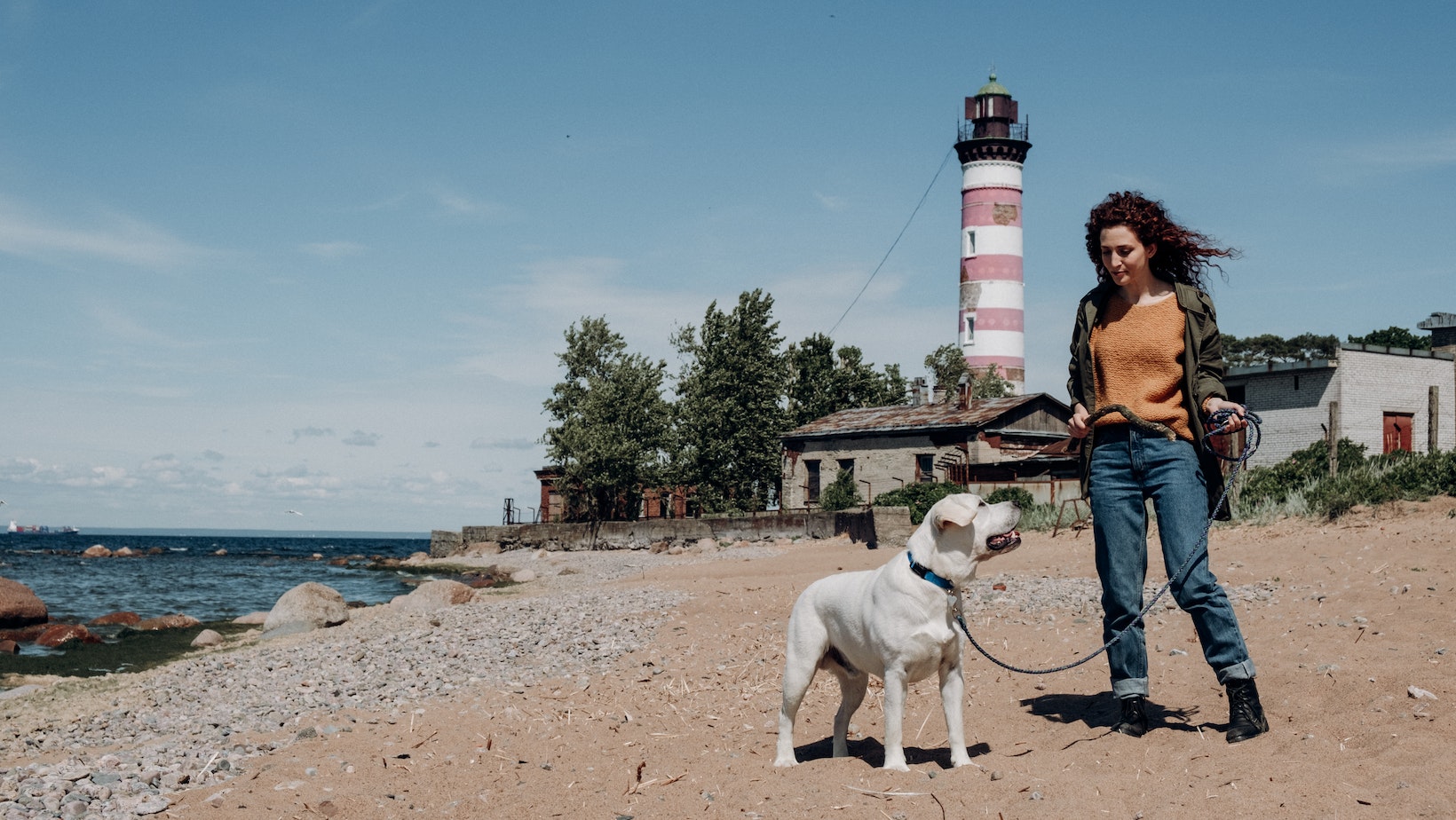Having a Labrador that constantly jumps on people can be both frustrating and embarrassing. However, with some consistent training and patience, you can teach your dog to stop this behavior. In this article, I’ll share some effective techniques on how to get your dog to stop jumping on people.
How to Get Your Dog to Stop Jumping on People
Firstly, it’s important to understand why dogs jump in the first place. Dogs often jump as a way of greeting or showing excitement. They may also jump for attention or because they are seeking rewards. By addressing the underlying reasons behind their behavior, you can start working towards a solution.
One approach is to train your Labrador to sit calmly when someone approaches. Start by teaching them the “sit” command in a quiet and controlled environment. Once they have mastered this command, gradually introduce distractions such as friends or family members entering the room. Reward them with treats and praise when they remain seated instead of jumping up.
Another technique is to use redirection. When your dog starts to jump, immediately turn away from them and cross your arms over your chest without making any eye contact or giving attention. This sends a clear signal that jumping will not result in any form of reward or acknowledgment. Once they calm down and have all four paws on the ground, offer praise or a treat as positive reinforcement.

Understanding the Behavior of Jumping Dogs
When it comes to dealing with a jumping dog, it’s essential to understand the underlying behavior behind this action. Let’s delve into why dogs, including Labradors, often engage in this behavior and what might be driving them to jump on people.
- Excitement and Greeting: One common reason dogs jump on people is their natural excitement and desire to greet. Dogs are social animals, and jumping can be an instinctual way for them to show enthusiasm and affection towards their owners or visitors.
- Seeking Attention: Dogs crave attention, and sometimes jumping becomes a way for them to grab our focus quickly. By leaping up, they can capture our immediate attention, especially if we respond by petting or talking to them.
- Lack of Training: Jumping can also result from a lack of proper training and boundaries set by their owners. If a dog hasn’t been taught consistently that jumping is unacceptable behavior, they may continue doing so because they haven’t learned an alternative approach.
- Reinforcement: In some cases, unintentional reinforcement from well-meaning individuals can contribute to the problem of jumping. When someone rewards a dog’s jumping behavior with praise or physical contact, they inadvertently encourage the dog to repeat the action.
The Negative Impact of Dog Jumping on People
Dog jumping can have a significant negative impact on both the people involved and the overall well-being of our furry friends. Let’s explore some of the reasons why this behavior should be addressed and how it can affect us.
- Physical Harm: When a dog jumps on someone, especially with excessive force or without warning, it can cause physical harm. This is particularly true for children, elderly individuals, or anyone with mobility issues. A strong jump from a large breed like a Labrador can knock down a person, leading to injuries such as bruises, scratches, or even fractures.
- Fear and Anxiety: Dog jumping can create fear and anxiety in people who are not comfortable being approached in such an energetic manner. Some individuals may have had negative experiences with dogs in the past or simply feel uneasy when faced with an exuberant display of affection. This fear can lead to discomfort around dogs and avoidant behavior towards them.
- Reinforcement of Bad Behavior: Allowing your dog to continue jumping on people reinforces this unwanted behavior. Dogs are intelligent creatures that learn through association and repetition. If they receive attention or rewards when they jump up, they will interpret this as positive reinforcement and be more likely to repeat the behavior in the future.
- Social Implications: Dog jumping can also have social implications for both owners and their pets. It may be viewed as impolite or poorly trained behavior by others, potentially damaging your reputation as a responsible pet owner. Additionally, if your dog jumps on strangers without invitation, it may strain relationships or make others uncomfortable around your canine companion.
To ensure a harmonious relationship between humans and dogs, it’s crucial to address and rectify the issue of jumping. In the following sections, we’ll delve into effective strategies and techniques for training your dog to stop this behavior. By doing so, you can create a safer and more pleasant environment for both your pet and those they interact with.